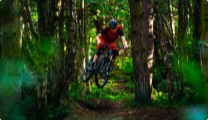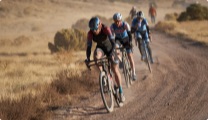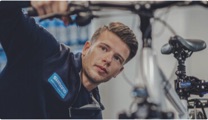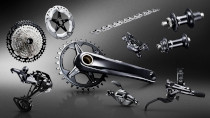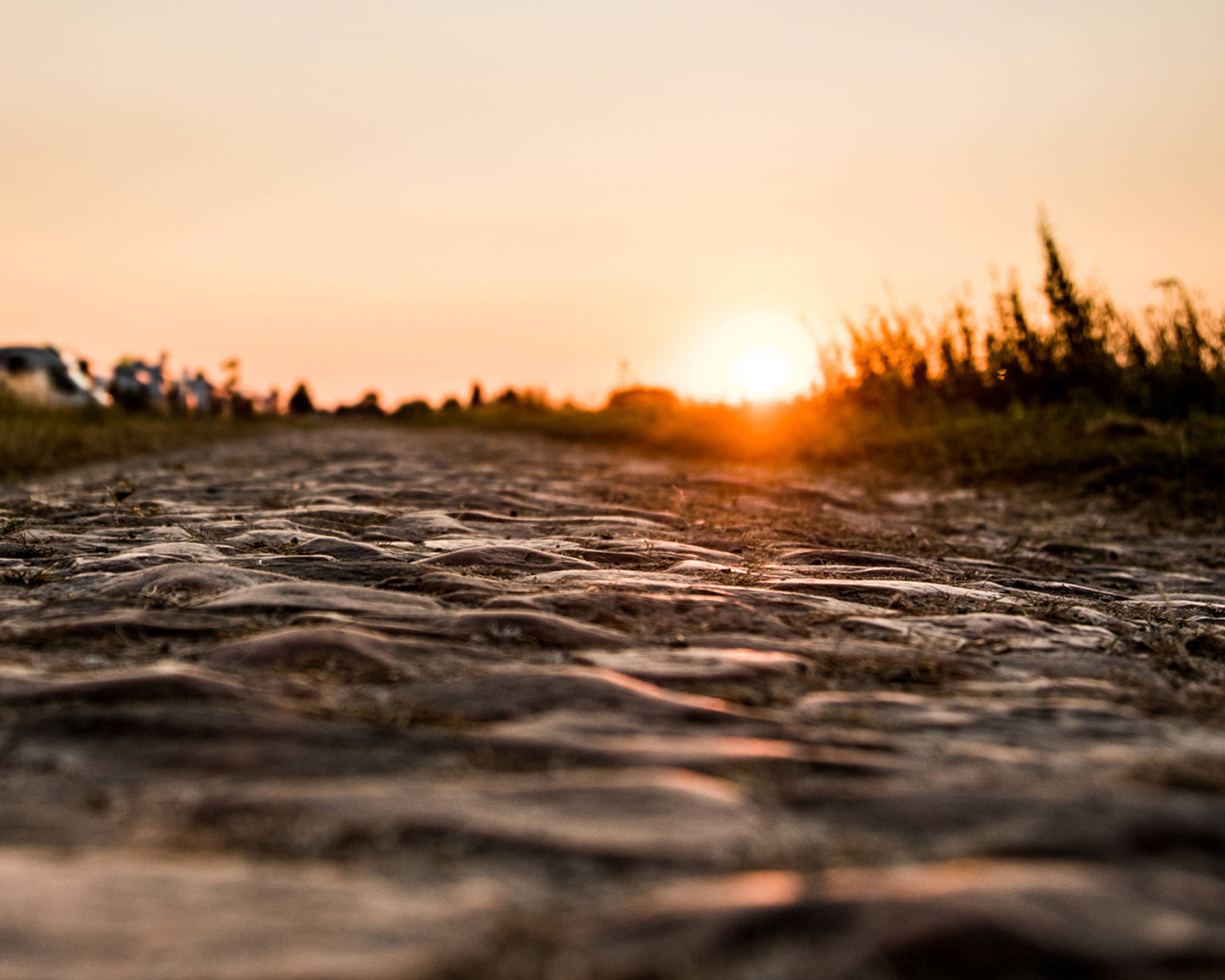That feeling; like you’re underwater. Sound blurred and time seems to be standing still. Sensory deprivation, lungs burning, and no gears left to go. I’ve put everything into this climb. Now I’m near the top, it's time to go all out...
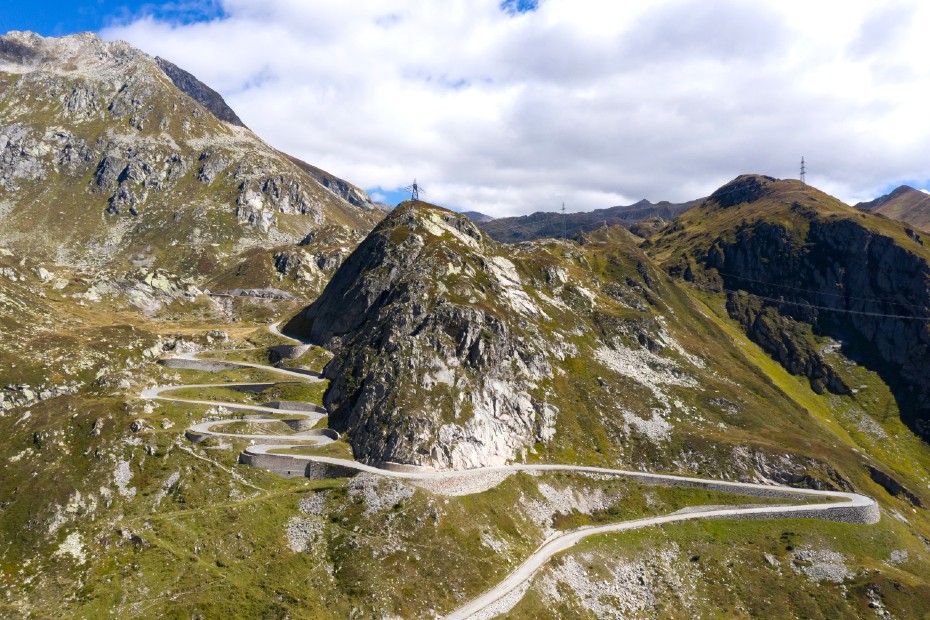
Situated in the Canton of Ticino, Switzerland, St. Gotthard pass joins south to north Switzerland and was first used in the 13th century. Horse and cart and rough tracks back then. As we know it now, it was paved back in 1830. I use the word paved loosely because the last 5km are cobbles worthy of Paris-Roubaix.
Stats:
- 11.8km
- 7.6% av gradient
- 895m climbed
In my previous Shimano Power-up articles, it talked about the importance of Functional Threshold Power to extract every last watt out of your legs. To have a basis of what you can sustain for an hour, to not go too hard, and not go too soft. But what about a climb that’s shorter than an hour? How do you fit your FTP data to that? There are two options. Target a releastic objective and use a power meter to manage the power you can sustain, or go all-out above your threshold and try to sustain it.
First of all, my bike set-up for this attempt: I’m running the Dura-Ace R9170 Di2 hydraulic groupset with a 52/36T front chainring and an 11-30T cassette on the rear. I love that combination, great versatility for the flats and the hills.
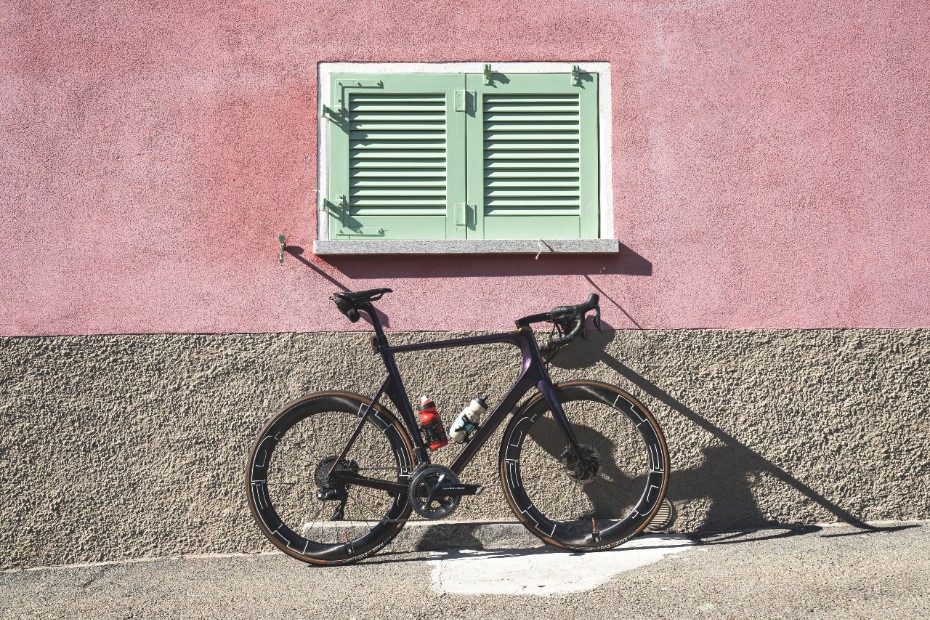
Having been in the area for a few days, I’ve driven up and over the Nufenen pass to the small settlement of Airolo and decided to do things in reverse. To recce the climb whilst driving, to then descend down and then ride back up. Even though I’ll be predominantly descending, it will give me a chance to start moving the legs and importantly check my tire pressures for the cobbles. I’m running 28mm tires and tubeless so naturally, they are at lower pressures than running tubes, and it’s wet so I can run them even lower for better grip. I normally run 70psi (82kgs) in the dry, so I set out at 65psi with the option of lowering them mid-ride.
It’s an interesting experience descending on cobbles, one which I’ve not done before, it changes what you think your limits are. That feeling of insecurity as most of the time your connection with the surface is super minimal. Skipping over it whilst trying to keep enough pressure on the tires to ensure as much grip as possible.
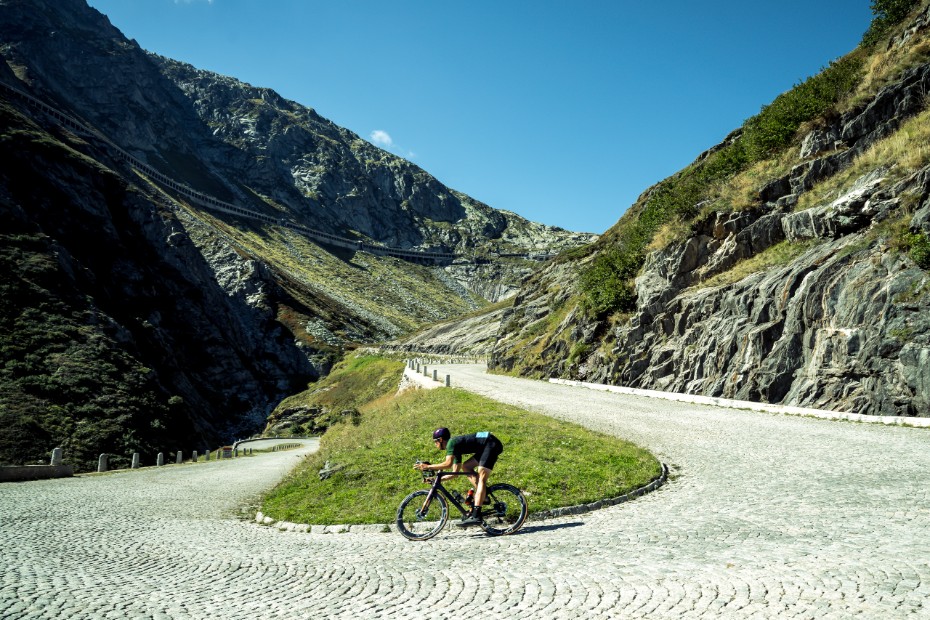
At the bottom of the climb it’s time to get my mind and legs ready. It’s easy to go into an effort with the mindset that you don’t want to burn energy during the warm-up, and that’s true to an extent, but some efforts will wake up your legs and prepare them for being shredded.
My warm-up (30 minutes total) - 10 mins 50% of FTP - 2 mins on 2 mins off increasing by 10% of FTP per session until 110%
All-out. Just what is all-out? Well for sure If I just laid down my max power I wouldn’t get anywhere near the top. So to start I ride at my FTP + 10%. The climb is 11.8km long and the first 7 km are on the tarmac. No matter how well I warm up my legs, the first 10 minutes always feel like a shock to the system. Knowing what’s ahead, it’s nice to feel smooth tarmac to get my mind and body in a rhythm. I get to my desired power output and try to keep a high cadence. Why a high cadence? Spinning my legs faster will allow me to use my aerobic system (lungs) rather than the anaerobic system (muscles) and will help to keep my legs as clear of lactic acid (the burn) for as long as possible.
The first couple of kilometres reveal a couple of sharp hairpins with gradients approaching 10%. This puts stress on my legs before an impressive section of elevation. But so far so good, most of the time I’m getting to ride the cadence I want to ride. I pass the barrier to the cobbles and I can see the town of Airolo far below me. It’s time to endure the energy-sapping nature of the cobbles. My power output drops and I’m not delivering the same speed. My front wheel is being knocked left and right and I’m having to guide my handlebars with non-pressured grip. I keep the weight off the front wheel and use my core to keep a stable body position. Once I re-find my rhythm in the saddle my wattage recovers. The gradient eases and I find a brief opportunity to gain some speed.
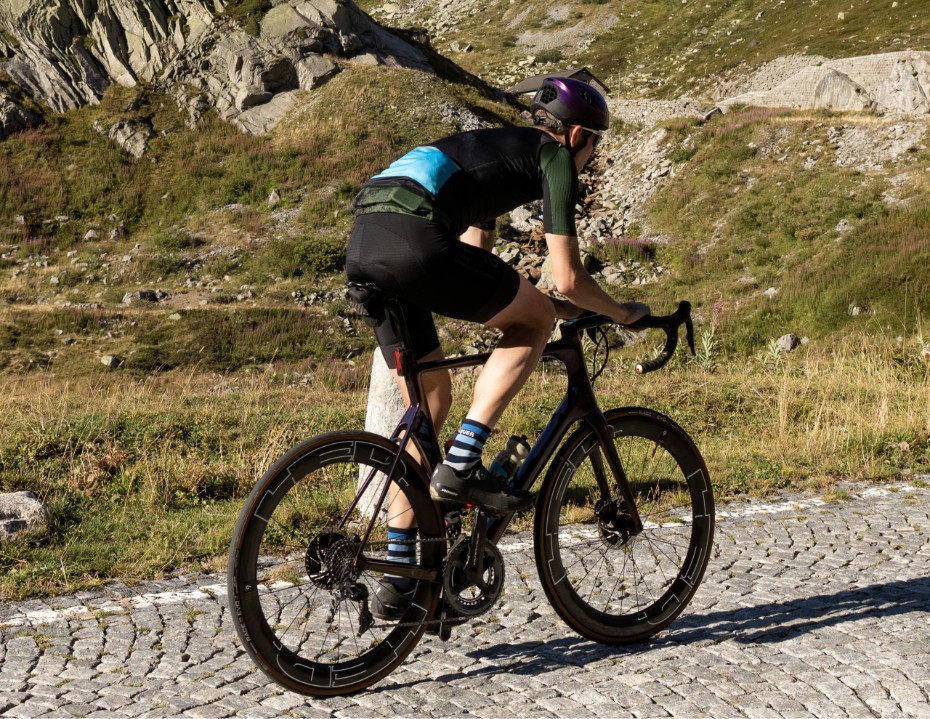
The business end! The section that has been made famous by the Tour de Suisse and cyclists who come to ride this iconic climb. 4km of the most beautifully crafted switchbacks you’re likely to see. If this climb were situated in France, for sure it would be a regular feature of the Le Tour. Unfortunately for me, my legs are screaming and I’m not up for admiring the view. The cobbles suck my soul and my energy. I’m in and out of the saddle now, which sends my power reading all over the place.
The famous road tunnel on the opposite side of the valley is in sight. I’m staring at my tires and counting. One…two…three...four and repeat.
I know the most efficient position for me is in the saddle. Coming out of the saddle wastes time, wastes aerodynamic efficiency and the weight it puts onto the front wheel wastes even more energy. But what can I do? Not much.
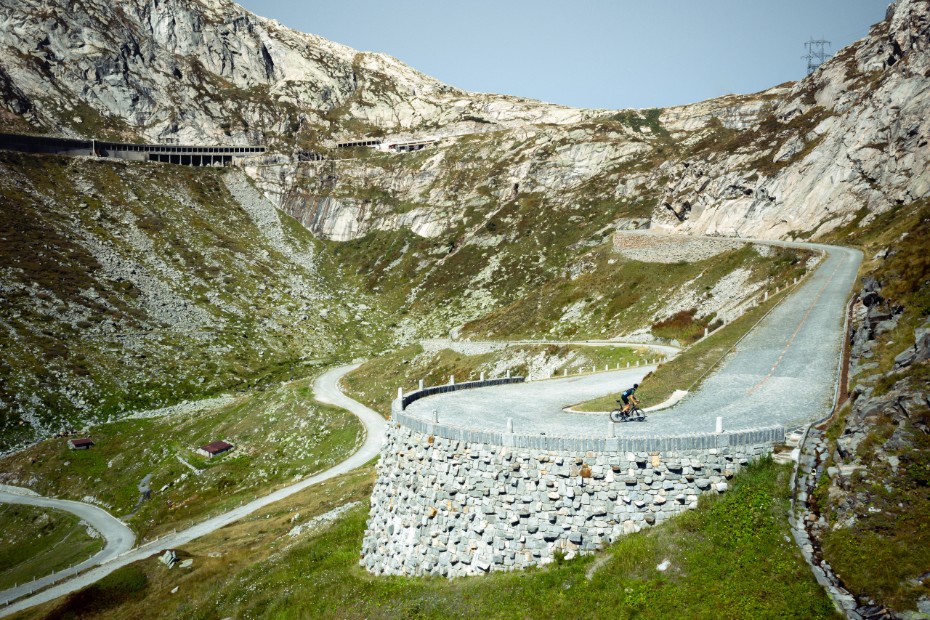
I see the 2km sign to go and thanks to my recce I know my suffering won’t be over yet, but I have just two corners to go. After which the gradient eases off a bit, and it’s a straight shot to the summit.
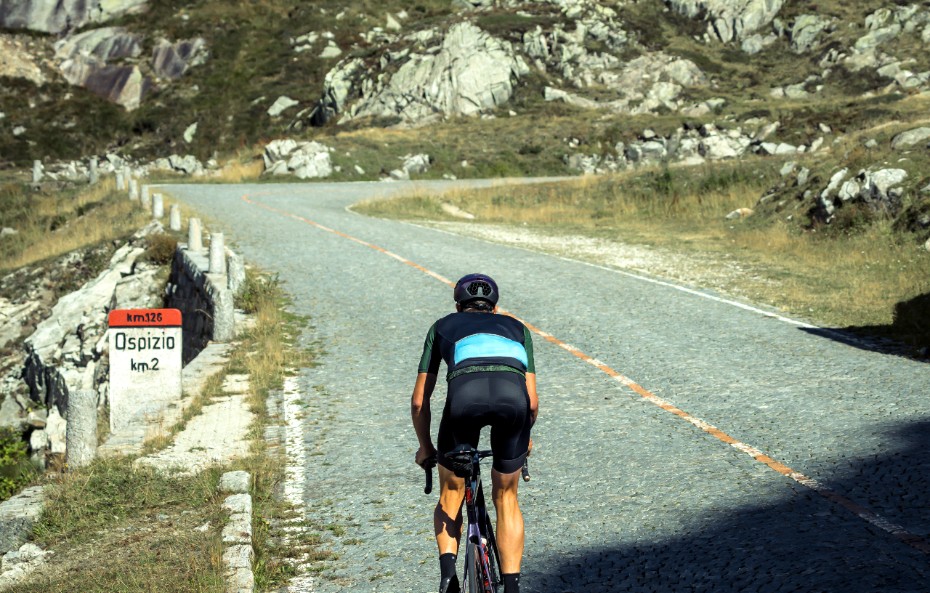
Over a small bridge and I can see the buildings. I feel like I’m doing cross-fit. Not climbing with elegance as I’m desperately trying to keep my power meter north of 350w as my bike rumbles over the cobbles. The saving grace? A tailwind to push me up the final ramp and it’s over.
Did that go to plan? Yes and no. I feel that approaching the climb marginally above FTP seemed sensible, but wonder if the smarter decision would have been to start below FTP and then increase. All was “well” until reaching the cobbles, where the surface changed everything. Those small blocks of stone mercilessly absorbed my power, my speed and my will. Av Power 366W Time: 39:12
Power summary: Over my last 3 articles, I’ve talked about how you can use a power meter to get the most out of yourself and to achieve the best possible output. If you’re new to power then I’d recommend: - A functional threshold power test in a controlled indoor environment to find out the maximum power you can sustain for 1 hr. - Repeat your FTP test outdoors to see how much power you can sustain in real life, because applying FTP results to real life can be over-ambitious - If you have a specific goal/climb try and replicate that effort before attempting it. - Warm up properly before attempting your effort - Consider the duration of the effort and how you feel. You might want to sit at your FTP, or maybe you want to go in below FTP then increase your effort before emptying the tank. - Don’t forget to enjoy it! Training with power numbers is effective, but there can be a significant difference between training and riding.
